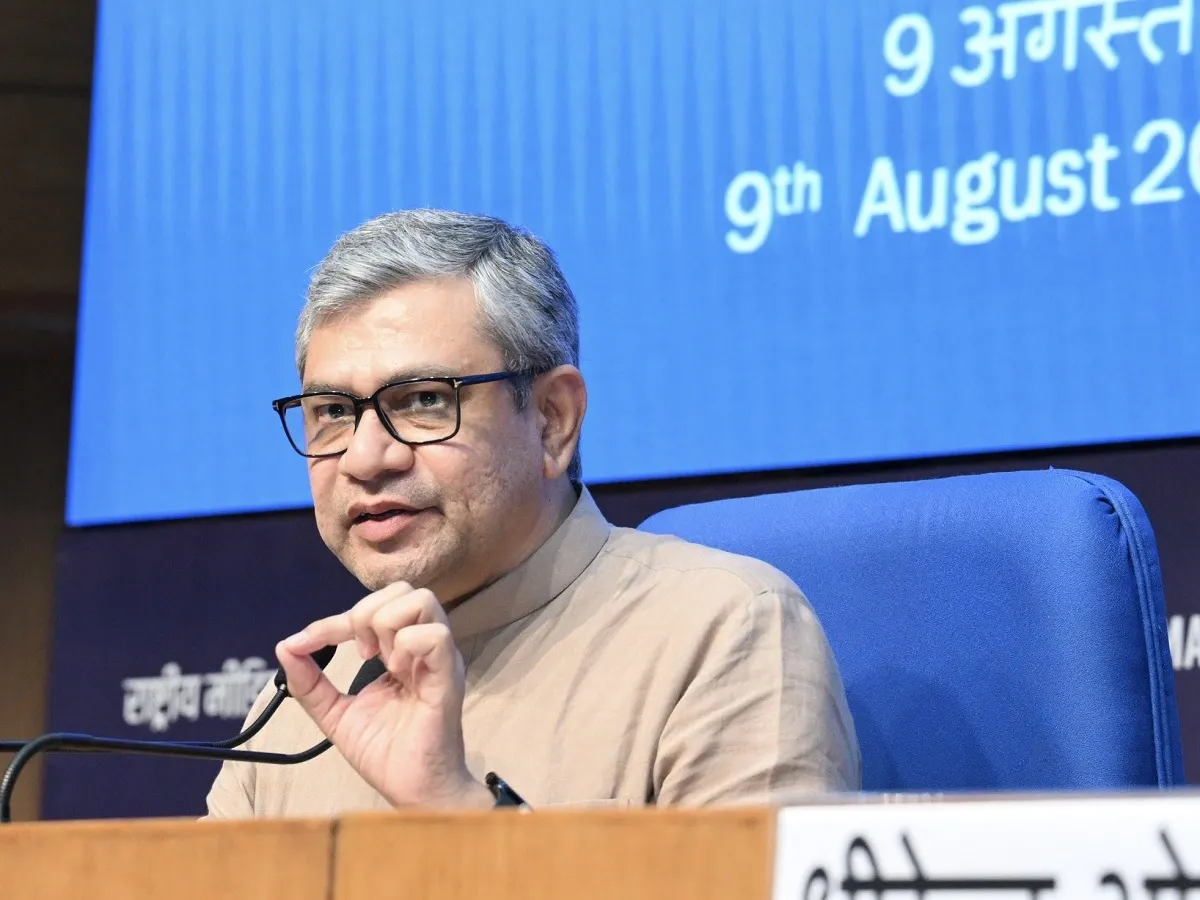Personal Finance News
Unified Pension Scheme vs NPS and OPS: Key differences you need to know
.png)
4 min read | Updated on August 26, 2024, 16:42 IST
SUMMARY
Under the UPS, government employees who have served for at least 25 years will be eligible for an assured pension of 50% of the average basic pay drawn over the last 12 months prior to retirement. Employees who have completed 10 years of service will be eligible for a pension of at least ₹10,000 per month.

The UPS is likely to benefit 23 lakh central government employees.
The Union Cabinet, chaired by Prime Minister Narendra Modi, on Saturday, August 24, approved the Unified Pension Scheme (UPS). The new scheme is set to be implemented from April 1, 2025.
Here’s a look at some of the key details of the scheme:
Who benefits from the scheme?
The UPS is likely to benefit 23 lakh Central government employees. This number could increase to 90 lakh if state governments decide to join the scheme.
The benefits will apply to those who are retired or retiring under the National Pension System (NPS) till March 31, 2025. The new scheme offers employees a choice to continue with NPS or switching to UPS, but the choice will be final once made.
Key features of UPS
-
Under the UPS, government employees who have served for at least 25 years will be eligible for an assured pension of 50% of the average basic pay drawn over the last 12 months prior to retirement.
-
The employees, who have completed 10 years of service, will be eligible for a pension amount of at least ₹10,000 per month.
-
In case of the demise of the employee, their spouse will receive a family pension, assured at 60% of the pension that the employee was drawing before his/her death.
-
Both the assured pension and the family pension in the UPS will be indexed to inflation to make sure that it rises with the increase in the cost of living.
-
Under UPS, employees will receive a lump sum payment at the time of superannuation. The gratuity payment will be calculated as 1/10th of their last drawn monthly pay (including dearness allowance) for every six months of service completed. This lump sum will not reduce the amount of assured pension.
UPS vs OPS
The Old Pension Scheme (OPS) was a fully government-funded retirement scheme for government employees before 2004. It was a defined benefit system under which retirees received 50% of their last drawn salary as a lifelong monthly pension along with a DA component to mitigate the impact of inflation. However, they never made any contributions towards the scheme during their service period.
Hence, while OPS was popular among employees, it created additional financial burden for the government.
In contrast, the UPS would require contributions from both employees and the government. The government’s contribution will be 18.5% and the employees will contribute 10%
Also, there was no specific minimum pension amount in the OPS unlike the UPS that guarantees a minimum monthly pension of ₹10,000 for those who have served for at least 10 years.
The UPS also offers family pension benefits at 60% of the employee’s pension in the event of their demise. The provision of family pension was available under the OPS, but there was no fixed rate and it was typically set at a percentage of the employee’s pension.
UPS vs NPS
The NPS was introduced in 2004 and it mandated contributions from both the government and the employees to the pension fund. While employees contributed 10% of their salary, the government pitched in with 14% of the employee’s salary.
The contributions in NPS are invested in market-linked securities like equities. This means that the final pension amount in NPS is not fixed as it is dependent on the performance of the investments and is subject to market movements.
UPS, in contrast, offers a fixed pension amount of 50% of the average basic pay drawn over the last 12 months. Hence, it offers assured and stable returns unlike NPS.
To sum up, the government has tried to combine the best features of both OPS and NPS under the UPS. The new pension scheme also gives Central government employees the option to choose between assured returns or equity-linked returns.
Related News
By signing up you agree to Upstox’s Terms & Conditions
About The Author
Next Story



